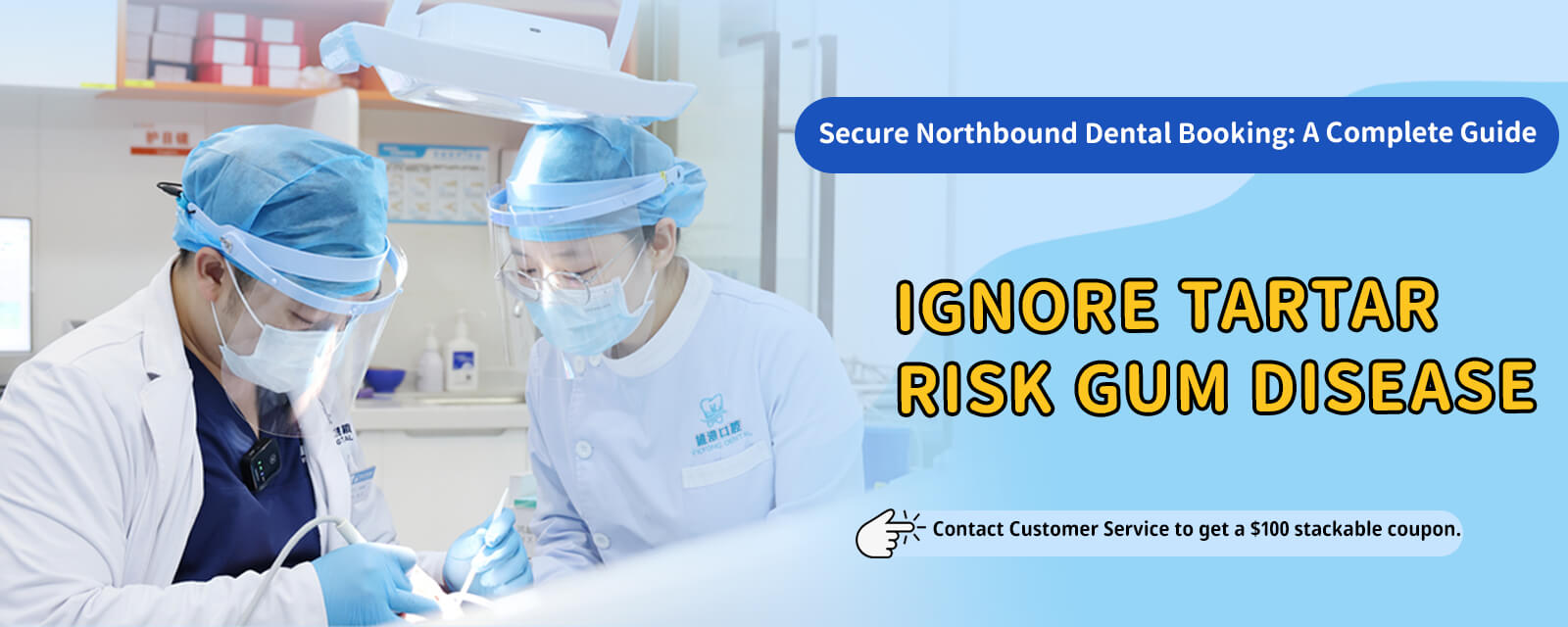Is It Worth Going to Mainland China for Teeth Cleaning Firsthand Reviews from People Who’ve Tried It
Is It Worth Going to Mainland China for Teeth Cleaning Firsthand Reviews from People Who’ve Tried It
SEO title: Is Going to Shenzhen for Teeth Cleaning Worth It? First‑Hand Guide for Hong Kong Residents
Meta description: Thinking about “going north” to Shenzhen or the Greater Bay Area for a dental cleaning? Here’s a first‑hand guide covering the process, hygiene checks, tips, transport, and whether it’s worth the border crossing for Hongkongers.
Is going north for a dental cleaning worth it? A first‑hand experience.
In recent years, many people in Hong Kong have been talking about “going north for a teeth cleaning,” especially to Shenzhen and other Greater Bay Area cities where clinics are plentiful, bookings are flexible, and equipment is modern. Is it worth crossing the border just to get your teeth cleaned? From my own experience, here’s what the visit is like, the step‑by‑step process, and practical tips so you know what to expect.
Why consider going north for a dental cleaning?
- Easier bookings: Many Mainland clinics offer same‑day or short‑notice appointments, with more flexible slots and weekend availability.
- Updated equipment: Quite a few clinics use ultrasonic scaling, air‑polishing (powder jet), and intraoral cameras for real‑time photos, which improves transparency.
- Combine with other plans: You can pair it with a Shenzhen day out—meals, shopping, gym or errands—get your cleaning done and carry on with your trip for efficient time use.
What does the cleaning process look like?
- Initial consultation: The dentist will ask about your brushing habits and gum bleeding, check periodontal pockets if needed, and look for calculus (tartar) and stains from smoking or tea.
- Ultrasonic scaling: Ultrasonic vibration removes tartar and biofilm. You may feel slight soreness or sensitivity, but most people tolerate it well. If your gums are more inflamed, expect a little bleeding; the dentist will pause and check in as needed.
- Polishing and air‑polishing: Some will polish with fine prophy paste, and/or use air‑polishing to lift surface stains. This leaves teeth smoother, making new stains less likely to stick.
- Post‑treatment review: They often take before‑and‑after photos, point out areas you tend to miss when brushing, and explain possible sensitivity over the next few days and how to manage it.
First‑hand tips and precautions
- Do your homework: Check reviews and photos. Look for clear disinfection protocols, individually packaged instruments, and single‑use consumables. Ask upfront about pricing and whether they upsell or add items.
- Language and communication: Many Shenzhen clinics have Cantonese‑speaking front desk staff or dentists, but confirm in advance. If using Mandarin, save relevant photos/terms on your phone to avoid misunderstandings.
- What to test and when: A ro

utine cleaning usually doesn’t require immediate X‑rays or complex diagnostics. If they suggest extra treatments, ask why, the goal, risks, and timeline, then decide for yourself.
- Time planning: Expect 30–60 minutes including waiting time. Add buffer for border crossing and transport. Early slots tend to be less crowded and offer a smoother experience.
- Personal health: If you have a heart condition, take anticoagulants, have acute oral inflammation, or are in early pregnancy and unwell, tell the dentist first. Postpone or opt for a lighter clean if advised.
- Hygiene and safety: Watch for fresh gloves and masks, individually sealed, autoclaved instruments, and whether the spittoon is cleaned promptly. These small details matter.
- Aftercare: Mild sensitivity for 2–3 days is common. Use a gentle toothpaste and avoid very hot or very cold foods right away. Eat lightly that evening, keep brushing, and add floss or interdental brushes to maintain cleanliness.
Transport and itinerary tips
- Routes: Lo Wu, Futian, and Lok Ma Chau are common control points. The metro makes it easy to reach large malls and clinics. For Nanshan or Qianhai, the metro runs directly, so planning is straightforward.
- Booking: Use the clinic’s official WeChat account or app to book. Choose clear time slots with reminders to avoid long walk‑in waits.
- Documents and payments: Bring your Home Return Permit, keep your phone charged, and set up payment methods in advance so you’re not scrambling on the spot.
Does it hurt? Is it worth it?
Most people describe it as “a bit sore but manageable,” which depends on your oral hygiene and tartar buildup. Your teeth will feel smoother immediately, and your tongue will notice the difference. Cleaning becomes easier, and breath usually improves. Whether it’s worth it comes down to:
- Whether you maintain regular oral care and can make Shenzhen cleanings part of your routine.
- How much you value hygiene standards and transparency—and whether you did proper screening beforehand.
- Whether your schedule allows it without adding travel stress just for one cleaning.
Conclusion
Going north for a dental cleaning isn’t a miracle, nor is it automatically the best choice. If you value flexibility, are willing to do your homework, and pay attention to hygiene and communication, it’s a viable option. If you dislike the travel or prefer continuous care with the same dentist, staying in Hong Kong and building a trusted relationship is equally good. Wherever you go, the core of oral health is a routine check‑up and cleaning every 6–12 months, plus daily brushing with floss. Most importantly, prioritise your comfort and safety, and choose the option that suits you—that’s what makes it worth it.




